"Save Islam" – or just the mullahs?
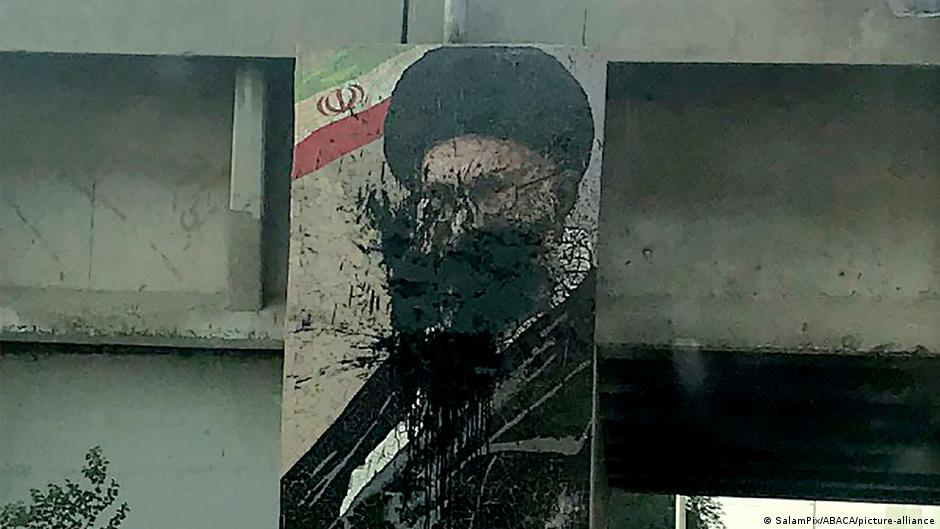
"The root was so deep it took clerics to uproot it" – this phrase was coined by Abdolkarim Soroush, once the Islamic Republic's model intellectual and philosopher. What he meant was the Shia root on which popular Iranian belief is founded.
Islamic scholars around the world once wrote their degree theses, doctoral dissertations and post-doctoral theses on Soroush's theories and taboo breaches. But those days are long gone. Soroush has been living and teaching in Western countries for almost two decades now. Even in exile, however, he has spectacularly crossed many red lines. He even took on the holiest of holies of all Muslims, proclaiming that the Koran was not the word of God, but Muhammad's at times convoluted dreams.
The story of the rise and fall of this Shia philosopher reads like a chronicle of the emergence and decline of the "republic" which he helped birth. Soroush was once regarded as the "new thinker" of Shia religious philosophy, respected by many in Iran and abroad.
Habermas: You must want modernity
When Jurgen Habermas visited Tehran in 2005 and learned of Soroush's discourse and his inner struggle with the ugliness of reality, he noted in the German daily Frankfurter Allgemeine Zeitung that Soroush sought to appear like a native Karl Popper, to be the Iranian father of "critical rationalism". Returning from Iran, Habermas advised Soroush and his followers that the "capacity of a religious consciousness to become reflexive", which seeks to assert itself in the differentiated enclosure of modernity, is a process that must take place from within.
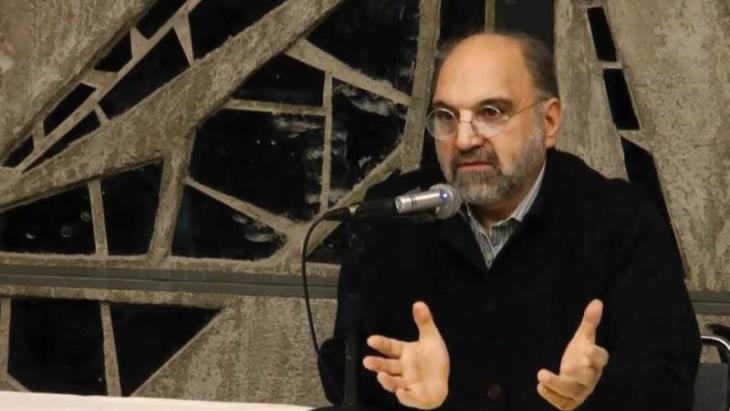
In other words: first, you have to understand and want modernity and then you must internalise it. A well-meaning recommendation, nothing more. Soroush ignored this advice, then as now; he still had a long way to go, as we shall see.
In the diary he wrote of his travels at the time, Habermas commented: "One needs to know more precisely what is going on in the minds of [Iran's] young women, especially those with an academic education. More than fifty percent of the country's students are already female. How many of them would take off their headscarves in public if permitted? Could it be that there is something waiting to explode in these minds of which the regime of the aged ayatollahs should be more afraid than anything else?"
This not only resonated, it was prophetic. Eighteen years later, the answer to these questions can be heard louder than ever on the streets of Tehran and elsewhere in the country. Yes, indeed, beneath the headscarves something was and still is waiting to explode, something Habermas has surely heard of by now.
The fuse was lit last September, in the wake of Kurdish student Jina Mahsa Amini's violent death – sometimes blazing, sometimes smouldering, but this "explosive device", despite what some may claim, has yet to be defused. When the women's appeals for " Woman, Life, Freedom" began to be heard abroad, Soroush also came out of the closet and shared his take on modernity, regardless of the views of Karl Popper or Habermas.
The new thinker and the actor
Iranian actor Golshifteh Farahani is a popular and internationally acclaimed performer. The forty-year-old has sat and continues to sit on competition juries at the Oscars and the Berlin Film Festival. Since she was forced to leave Iran in 2009, she has starred in numerous films in the U.S. and Europe that have received critical acclaim across the board. She is a socially committed and politically minded artist and also advocates for tuberculosis sufferers.
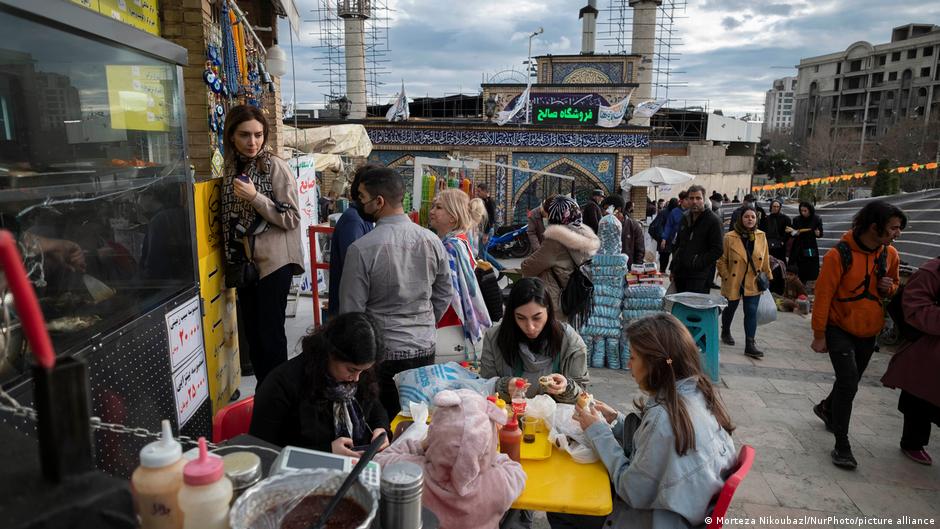
Last autumn, at the height of the Iranian women's protests, when six opposition groups and personalities abroad joined forces to oppose Tehran's power more effectively, Golshifteh also appeared and declared her willingness to cooperate.
Her appearance and her attire, which eschews the hijab and favours the conventions of Western show business, provided Soroush with a chance to position himself politically and polemicise against this oppositional association. Eloquent as he is and without naming the actor, the philosopher wrote that her "exposure" had been her test: only once she had "exposed" herself, could she count on being accepted by the international creative scene.
These insulting and misogynistic words, devoid of any idea of how show business works in the West, did not come from a reactionary mullah in the Shia seminaries, but from the mouth of an exiled Islamic theorist considered the mentor of the Shia school of "new thinkers". And they prompted a wave of outrage from different directions. Even his ex-students and most loyal followers joined in the chorus of criticism.
"You're living on a different planet"
One student from Tehran wrote laconically on her Instagram account about the way in which these Shia pioneers and new thinkers hurled exegeses of the holy texts and interpretations of the traditions surrounding the hijab at each other: "You're living on a different planet." Yet again, this dispute shows that a generational conflict, a cultural revolution, has long since broken out in Iran, leaving all Shia theologians – fundamentalists and reformists alike – perplexed and disoriented. A frightening rift has emerged between top and bottom, insurmountably deep and wide.
"We have to close the rift between us and the people as soon as possible, the path we have chosen so far has been wrong," said Ayatollah Alavi Boroujerdi in a video message in Qom on 1 May this year. The city is considered sacred, the very heart of the clergy pulsates here. Boroujerdi's grandfather founded the حوزه , Howzeh, the centre of Shia scholarship in Iran.
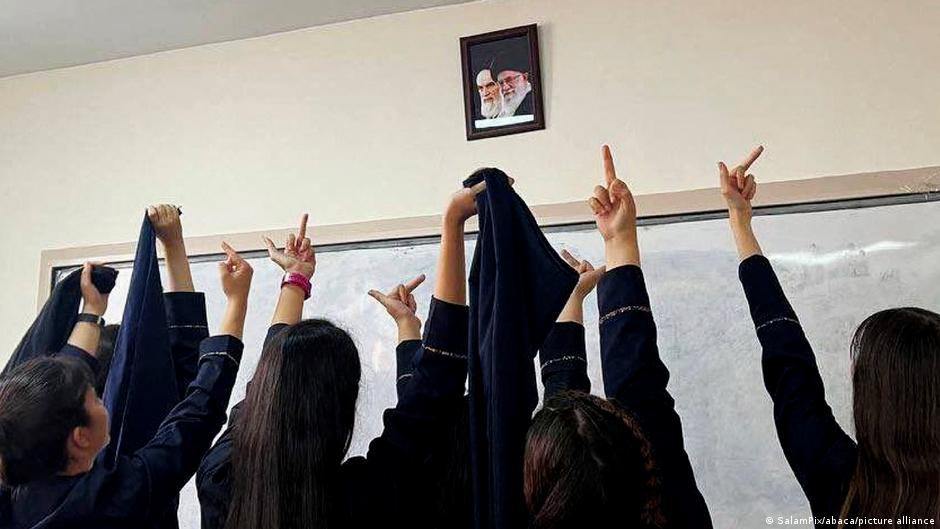
"There has never been anything like this in the history of the clergy. A turban-wearing mullah is deliberately run over in this city, in Qom, then the driver gets out and, to be on the safe side, tries to kill the cleric with a knife. Messages have reached me from a number of clerics in distant cities: they are afraid to leave their homes," said the ayatollah, describing how the situation is affecting members of the clergy.
Alavi Boroujerdi is an ustad, someone who teaches legal interpretation and the divining of fatwa in Shia seminaries, in simple terms: he trains grand ayatollahs, the "sources of inspiration".
At the end of April 2023, a security guard shot Grand Ayatollah Soleimani in a bank branch on the Caspian Sea. The cleric was a member of the مجلس خبرگان , Iran's Council of Experts, the powerful 86-member body that decides on Khamenei's successor. The official media were unanimous in reporting that the crime was not politically motivated. It would be going too far to list and describe in detail all the attacks, insults, murders and attempted murders that Iran's Shia clergy are currently experiencing.
The mullahs' own judiciary
Not all mullahs belong to the powerful elite, many of them are themselves discontented and poor, warn some journalists seeking to calm public sentiment. For the Shia clergy, poverty was once a hallmark, almost an honour, and it was peddled as a matter of course. Ali Khamenei proudly recounts a childhood full of hardship and how his large family had to live in a one-room flat in a poor district of the city of Mashhad. Today, Khamenei is in charge of foundations and holdings estimated to be worth hundreds of billions of dollars. Thanks to the revolution.
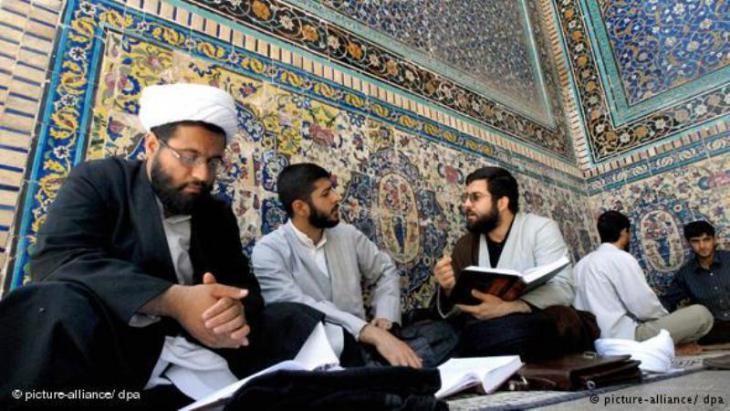
The founder of the Islamic Republic, Ruhollah Khomeini, was more aware than most of the explosive potential associated with combining Shia Islam, clerics and political opposition.
One of his first orders after coming to power was therefore to establish دادگاه روحانیت , a "special court for clergy". After all, in the Islamic Republic, a mullah is a privileged being in every sense. Officially a divine mediator, it is inconceivable that such an individual could ever stand before a "normal" judge and a secular court. Only clerics may judge fellow clerics.
This peculiar judiciary, which is not subject to any kind of supervision, knows no defence lawyers. These special courts have their own police force and their own rules of procedure. They have their own prisons and judge according to their own catalogue of punishments. This includes issuing bans on holding seminars or wearing the clerical robe in public, as well as banishment, imprisonment and even the death sentence.
The crimes dealt with by these special courts are no ordinary crimes. They deal exclusively with heresy, deviation and propaganda. These and similar offences are dealt with by the branches of this special court in ten provinces of the country. The highest instance is located in the pilgrimage city of Qom, housed in an imposing building equipped with the latest technology. All the well-known Shia "new thinkers" – Modjtahed Shabetri, Mohssen Kadiver or Yussefi Eshkewari – were sentenced here to "disrobing", lengthy stays in prison and finally to banishment.
[embed:render:embedded:node:48415]
The last pillar disappears
Historically, clergy and monarchy have been the two pillars of Iranian society, having found a way of maintaining power down the centuries. Sometimes for better, sometimes for worse, as the case may be. For 44 years, as is well known, one pillar, the monarchy, has been consigned to history. And the second pillar, the clergy, is currently foundering in shame and disgrace. What will happen next is anyone's guess.
At the moment, we are witnessing a millennium event: the last pillar of society is disappearing as a moral support for the present and almost certainly for the future of the country. The Islamic Revolution was not only directed against the monarchy. It also revolutionised the organisation, financing, hierarchy, education, teaching and jurisdiction of the clergy in Iran from the ground up.
Before the revolution, whether a grand ayatollah was great enough to present himself as a "source of inspiration" was determined by a particular and time-honoured tradition within the clergy. Once upon a time. Today, in Qom, the centre of scholarship, the secret service of the Revolutionary Guard has the last word as to who gets to be Grand Ayatollah.
Here, too, it is not the "normal" guards who are in charge, but the so-called "Quds Brigades", the powerful unit of the Revolutionary Guard that manages Iran's involvement in civil wars across the Middle East. On 4 May, Ismail Ghaani, commander of these brigades, gathered the ayatollahs loyal to the regime around him, regaled them with tales of his victories in the region and invoked the spirit of resistance against the enemy, a spirit that must prevail from Beirut to Damascus to Qom.
© Iran Journal 2023